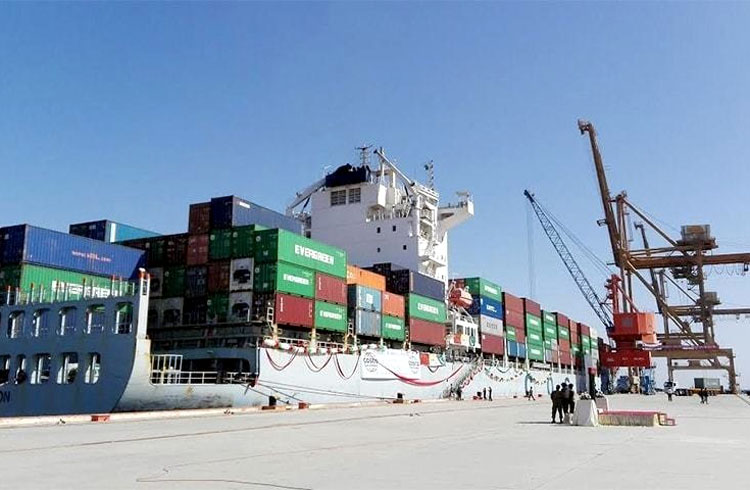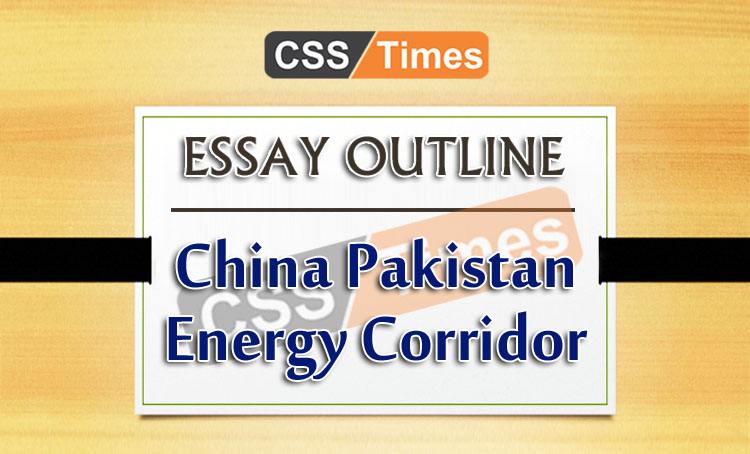By: Afshan Subohi
The staff report released by the International Monetary Fund (IMF) last week must have provided some measure of comfort to the champions of the China-Pakistan Economic Corridor (CPEC) as well as China that chose Pakistan to be the first key destination for the Belt and Road Initiative (BRI), which aims to sustain its economic triumph and realise future ambitions.
If this is just a coincidence, it is intriguing. After a long lull, there is light blipping again on the CPEC drawing board. Last Friday, a 55-member Chinese delegation of business executives met Prime Minister Imran Khan and reportedly committed to ploughing $5 billion investment over the next five years. “Probably the interaction with the Chinese delegations was already planned, but the fact that it did materialise as soon as details of the IMF deal were made public kindled new hope for the future,” commented a top leader of the government’s economic team.
In its staff report following the approval of a three-year $6bn bailout programme, the IMF mentions the repayment of $14.68bn due for $21.8bn bilateral and commercial loans that Pakistan owes to China. This is almost 24pc of the country’s total $85.8bn external debt and liabilities. The document states that the Chinese commercial debt will be fully retired by the end of the programme in 2022 while the bilateral debt ($15.5bn) will be almost half of what the country owes at this point to $7.9bn.

